Pandan
People in Asia sure do love this herb. For many Asians, the taste of pandan is like the taste of mom’s apple pie to Americans
The fragrance of pandan leaves is due to the aromatic compound 2-acetyl-1-pyrroline, which gives bread, and jasmine rice, their characteristic aroma. Pandan is used in a lot of different dishes, but particularly in sweet rice based deserts.
The leaves are sometimes steamed along with rice, or are ground into a paste. It is also used as a medicinal herb.
I have foud this plant to be very easy to grow. As it grows, it sends up side shoots from the the stem that emerge from between the leaves. These immediately send aerial roots down to the ground and the clump rapidly spreads in this fashion. In full sun these get a little burned, but in part shade or deep shade they thrive. They have been particularly forgiving of drought conditions for me, and seem to thrive on unkindness.
Origin
Southeast Asia
Family
Pandanaceae
Binomial nomenclature
Pandanus amaryllifolius
Common names
Pandan
Description
An upright growing plant with long, narrow, grass-like leaves and woody aerial roots. The plant is sterile, and rarely flowering. The leaves release a nutty savory fragrance when crushed, and is used as a spice in many Southeast Asian dishes.
Height
2′-3′ tall.
Temperature/Zone
zone 9b, 32°F. Frost will burn it, but it tolerates above freezing Winter temperatures fairly well.
Light
Part sun to shade.
Water
Keep them evenly hydrated.
Fertilizer
They should be fed a well balanced fertilizer.
Cultivation
Pandanus amaryllifolius is a very easy plant so grow. It has thrived for me in poor sandy soil with no amendments or fertilizer.
Pests
I have not found any pests to be a problem for this plant in Florida.


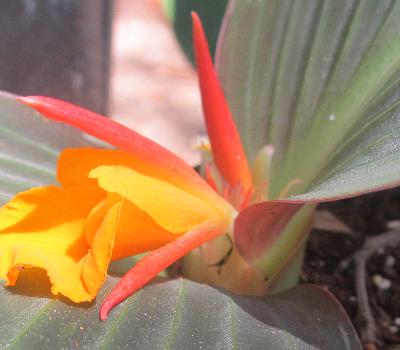

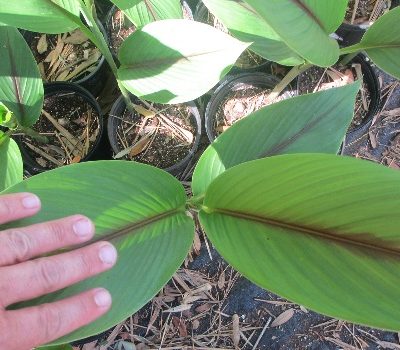

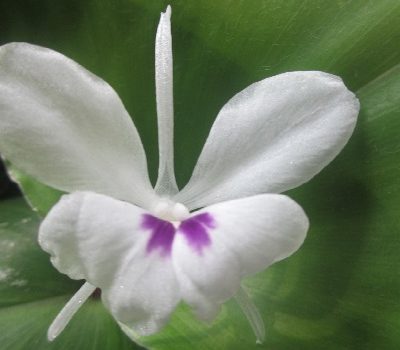
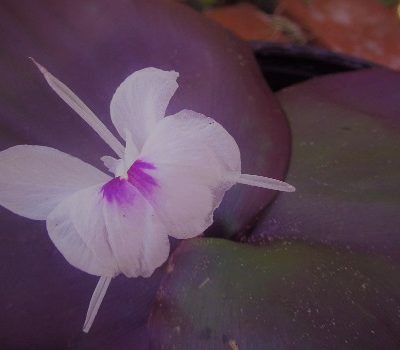
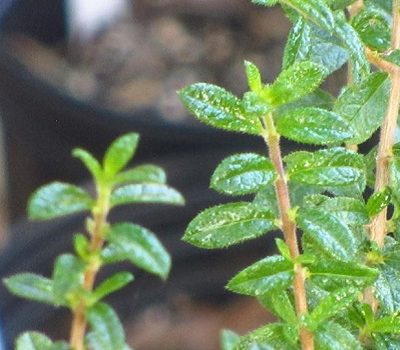

Whoa a lot of fantastic info!